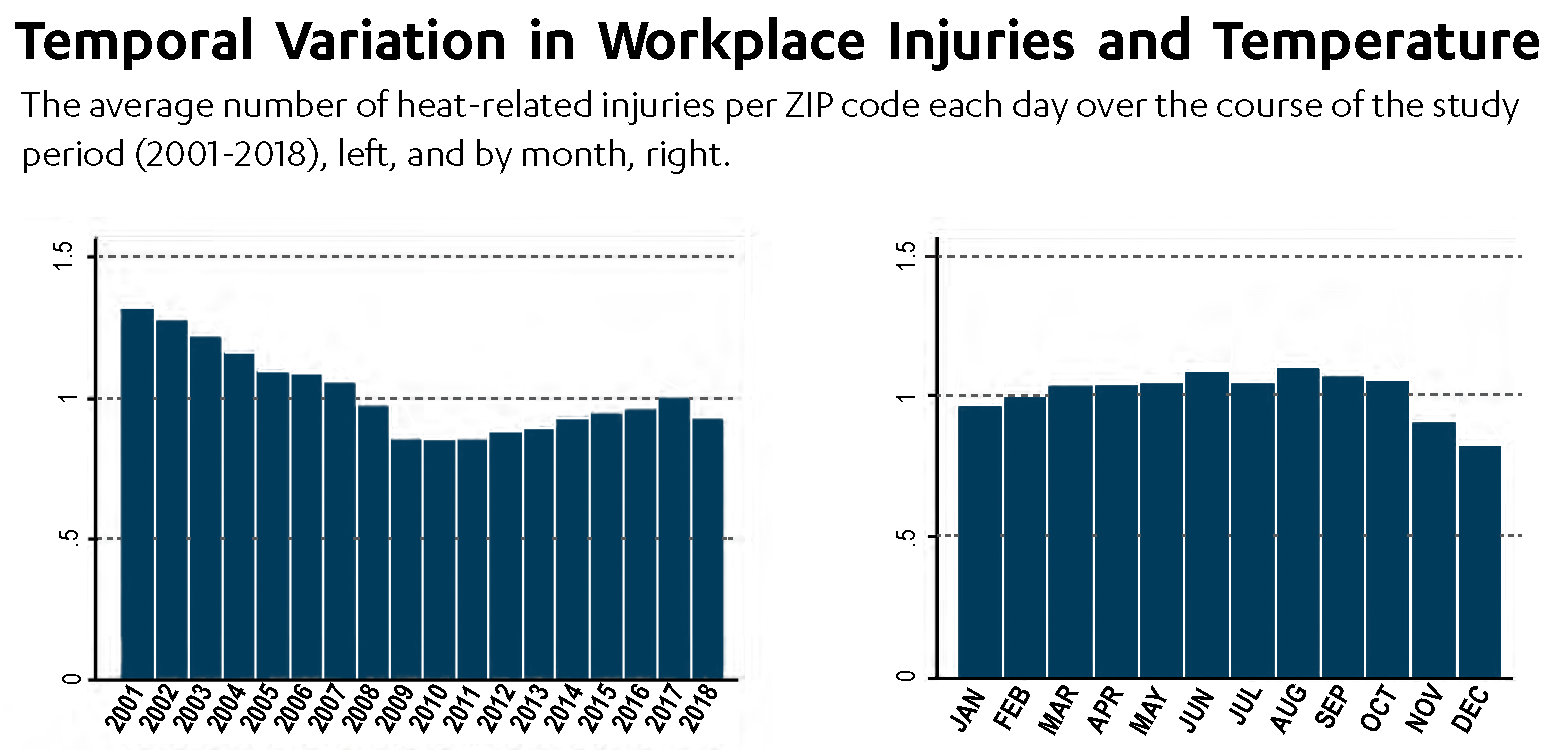Dean’s Message
Renewal and resilience.
It would be trite to offer metaphors of springtime and cherry blossoms to mark the (maybe) tail end of a global pandemic and ongoing national political crisis. For starters, we are not out of the woods. New variants, lagging vaccination rates in some places, anti-scientific vaccine resistance and global poverty are all enormous barriers to putting a definitive end to the COVID-19 pandemic. Plus, the persistent separation between part of our body politic and un-spun facts, coupled with widescale efforts at disenfranchisement and a governing system designed for inaction, means that the peril to American democracy remains real and present. Indeed, my last message to you dated Jan. 4 celebrated a well-run election that was free of violence — then two days later, an insurrectionist mob occupied the U.S. Capitol attempting to use violence to overthrow a 7-million-vote presidential victory by Joe Biden.
Still, it is worth taking a moment to at least acknowledge where we are and what has happened to get us here. The new administration has facilitated an astounding vaccination campaign. Just shy of half of all Americans were fully vaccinated as of July 1, and almost 60% are on their way with at least one shot. California is among the leading states in successful vaccine distribution. To be certain, disturbing gaps by race, ethnicity and income remain, as do infuriating gaps by political identity and state. But progress has been made. When we return in September for the next academic year, classes will be taught in person because all faculty, staff and students who can be vaccinated will have fulfilled their obligation to do so.
Amid the turmoil, the Luskin School has continued to pursue our core mission of teaching, training and research in the interest of the public good. Moreover, we have advanced our ongoing process of renewal, regeneration, reinvestment and reinvention. The School and its faculty are determined to adapt to new conditions, new challenges and new opportunities. We have been quite busy.
Student recruitment for fall was one challenge successfully met, and we anticipate welcoming the largest class of incoming professional students (MPP, MSW, MURP) in our history. The undergraduate major — which just graduated its first class to receive a Bachelor of Arts in Public Affairs — will have approximately 450 students across four classes this year thanks to the amazing leadership of Professor Meredith Phillips, the department chair,
and Jocelyn Guihama, director of undergraduate administration
and experiential learning.
Fall also will bring our first dual-degree program when Urban Planning joins with an international partner in Sciences Po, the leading social science university in France. Professor Michael Storper, Associate Dean Anastasia Loukaitou-Sideris and the current and former UP chairs, Chris Tilly and Vinit Mukhija, worked hard to develop this proposal and shepherd it through the complex UC approval process.
And a new certificate program, Data Analytics in Public Affairs, will also be available starting this year to students in all professional programs thanks to the leadership of Zachary Steinert-Threlkeld, an assistant professor of public policy, and a schoolwide committee.
Five new faculty will join us this year — three hired a year ago and two new additions — bringing to 60 the number of tenure-stream faculty in the Luskin School. They include specialists in transportation equity, housing discrimination, Black social mobility, child welfare and LGBTQ equity, and Latino youth empowerment. The range of expertise represented in the UCLA Luskin faculty continues to be enriched and expanded by such scholars.
And there have been other joys to celebrate. Professors Paul Ong and Don Shoup both won distinguished emeriti awards for their extensive research and teaching contributions to the School and to UCLA that have continued amid retirement. Other faculty and researchers have won awards and research grants too numerous to recount here. Alumnus Bill Coggins, a distinguished social worker and social service professional, was recognized by UCLA with the Alumni Public Service Award. And our most-worthy benefactors, Renee and Meyer Luskin, were chosen as UCLA’s Alumni of the Year.
So, onward! We have work to do and more challenges to meet. Be well.
Gary

